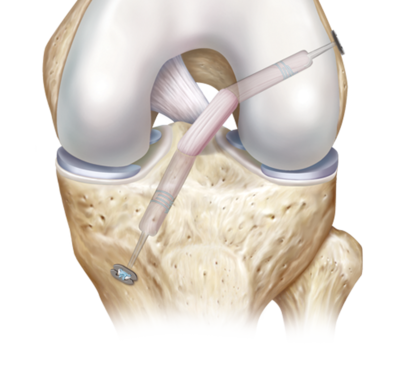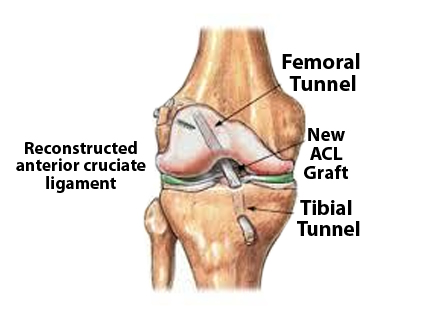

Not only that, but of the patients who did have a meniscal tear right from the start, almost half of them had a worse meniscal condition when the second MRI was done. When the next MRI was done, only five of the 31 knees no longer had a medial meniscal tear.

It doesn't go all the way through to the other side of the cartilage.Īt the time of the initial ACL injury, only half the group had a meniscal tear. A longitudinal tear also goes the length of the meniscus but it only extends along one side of the cartilage.

If you could pick the tear up, it would look like a bucket handle over the remaining meniscus. Bucket handle tears mean the tear follows the C-curve shape of the meniscus and goes all the way through the cartilage. There are two basic types of meniscal tears: bucket handle and longitudinal. The medial meniscus was the main area of interest because previous studies have shown that lateral meniscal tears don't seem to get worse over time like medial meniscal tears do. Besides protecting the joint surface, the menisci (plural for meniscus) also help the ligaments stabilize the knee. Running puts about eight times your body weight on the knee. Walking puts up to two times your body weight on the joint. It forms a gasket between the tibia (shinbone) and the femur (thighbone) to help spread out the forces that are transmitted across the joint. The meniscus is a tough, rubbery C-shaped piece of cartilage that acts like a shock absorber in the knee. The medial side of the knee is the side that is closest to the other knee. The medial meniscus is the focus of this study. With a chronic ACL-deficient knee, the meniscus becomes even more important as a supportive and stabilizing structure within the joint. To be included in the study, each patient had to have at least two MRIs done and a delay of a minimum of six months before surgery was done. They studied 31 patients who delayed having surgery after an acute ACL injury that resulted in a complete tear of the ligament. In those cases, without the stabilizing force of the ACL, do patients end up with meniscal tears that weren't present at the time of the ACL injury? That's what the authors of this study set out to find out. But sometimes patients opt out of surgery and decide to wait before having the operation. And surgeons are advised to carefully evaluate the joint for any additional ligament or cartilage tears before doing surgery for the ACL. Patients are advised to have surgery sooner than later. It's clear now that unrepaired anterior cruciate ligament (ACL) injuries are often accompanied by damage to other soft tissue structures of the knee.


 0 kommentar(er)
0 kommentar(er)
